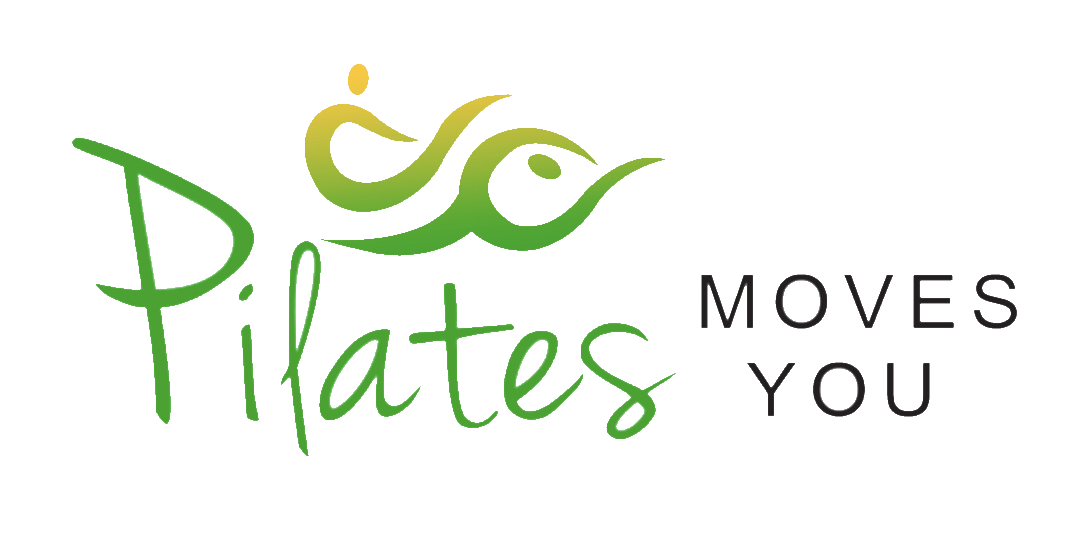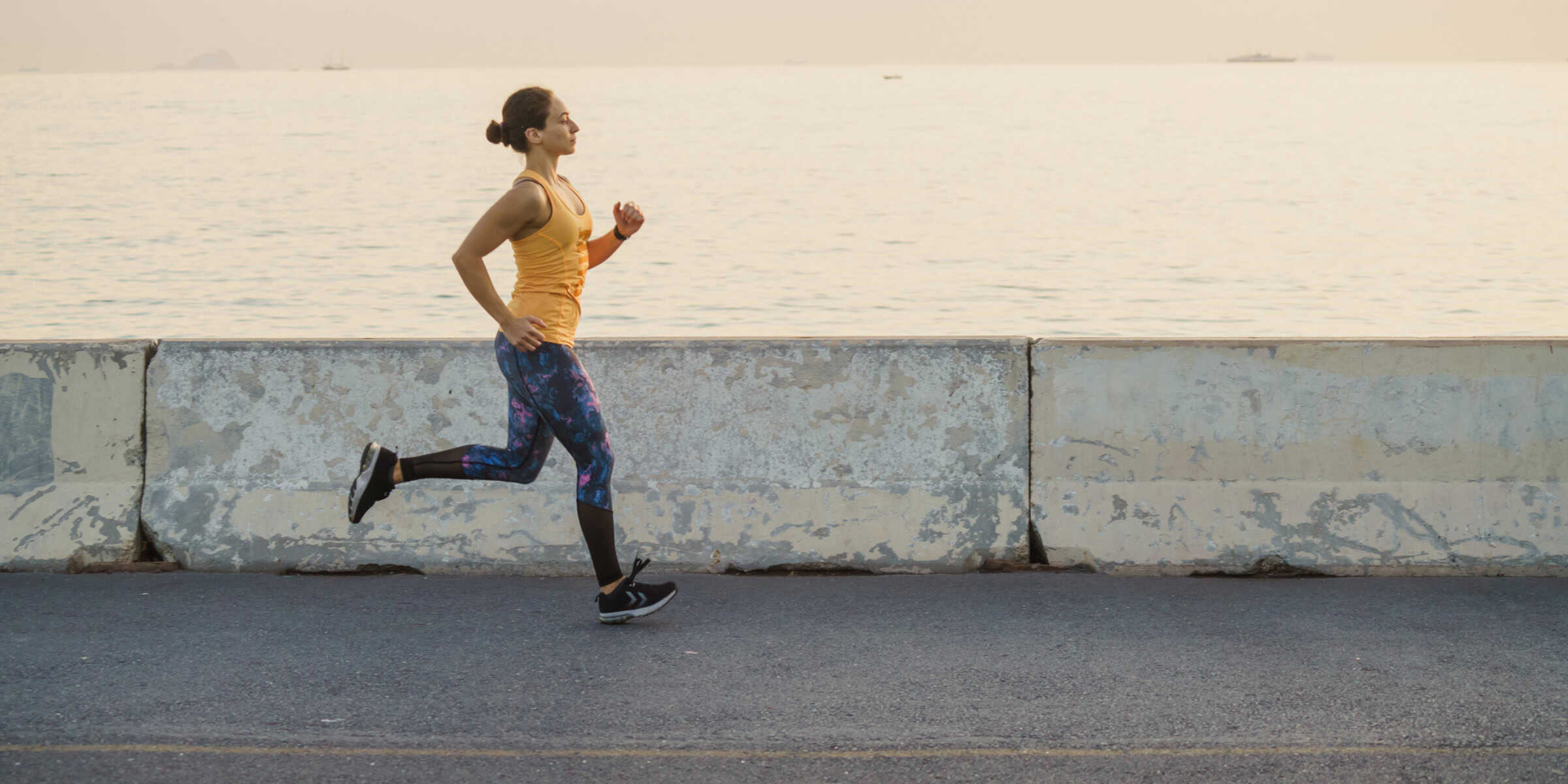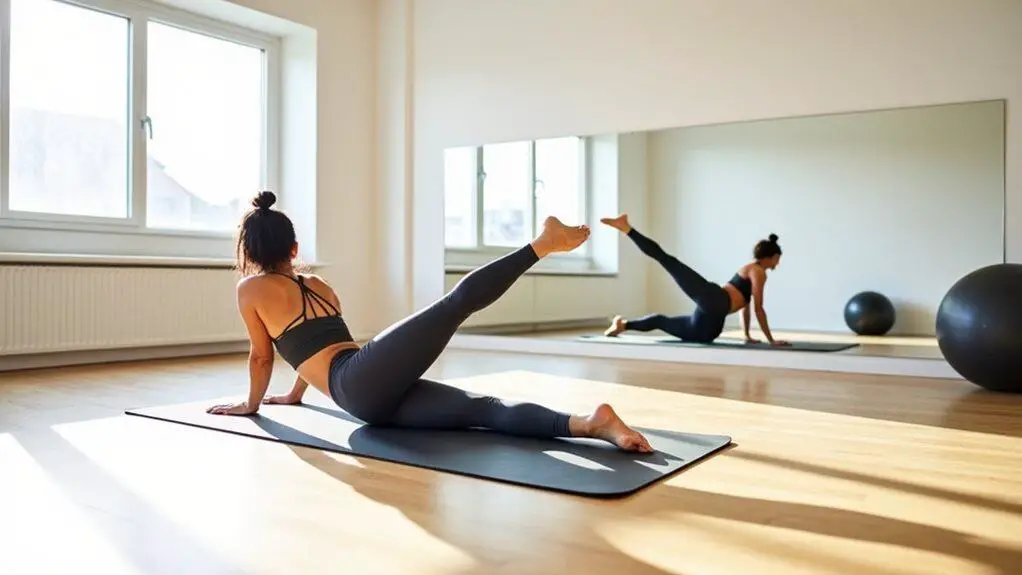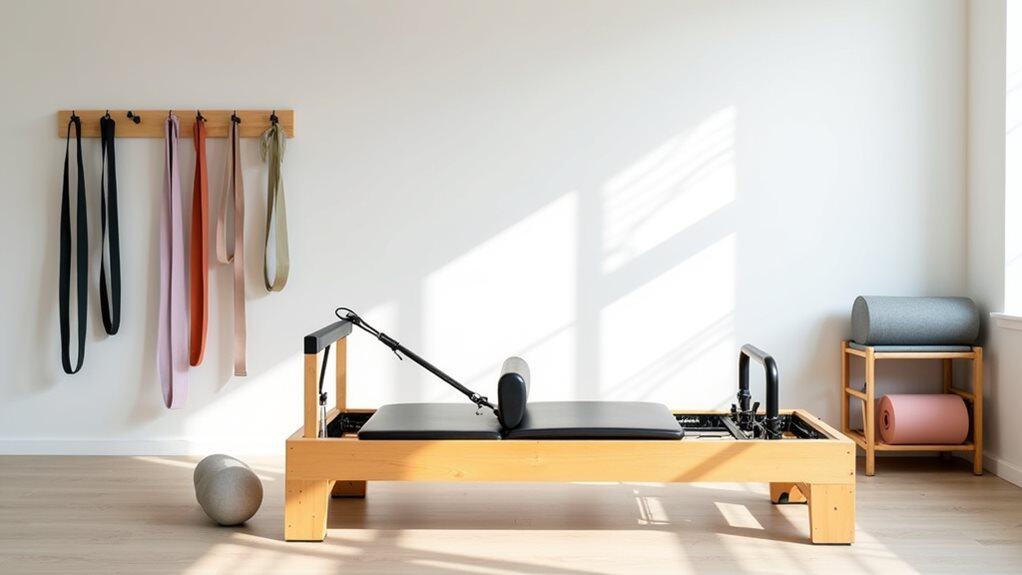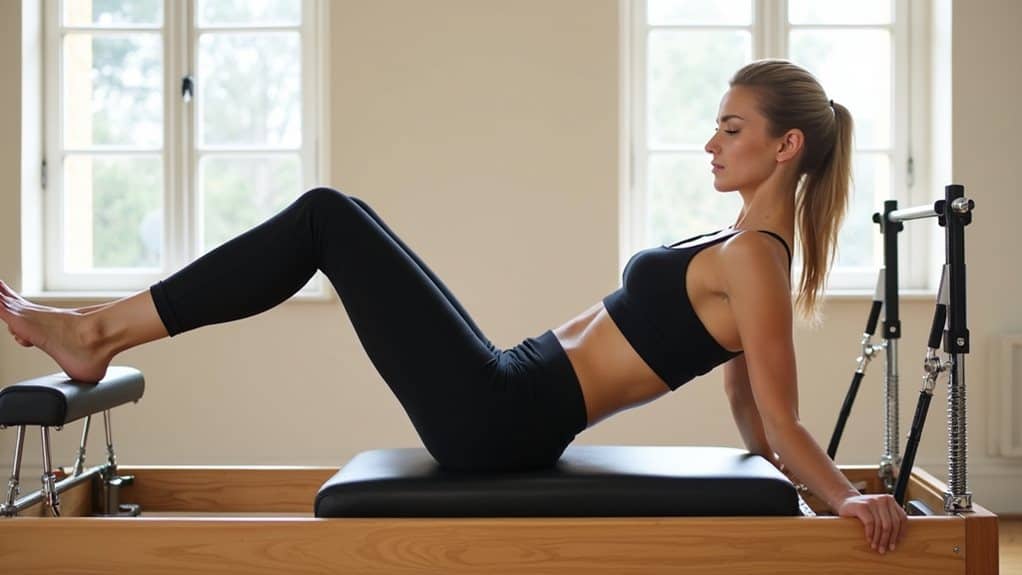The synchronicity of breath and motion, the fluid rhythm of feet against the ground, the push and pull of muscles propelling a runner forward – all these elements coalesce into the transformative experience of running. Yet, as any seasoned runner knows, the quest for strength, endurance, and agility is an ever-evolving journey. Diversifying one’s training regimen can unlock new dimensions of performance and resilience.
Pilates offers runners a balanced workout focusing on core strength, flexibility, and posture. Integrating Pilates into a runner’s routine can improve running form, reduce injury risk, and enhance endurance. It’s an ideal complement to running, targeting muscles often overlooked in traditional training.
Dive deep into an unexpected yet highly effective complement to traditional running training that promises to revolutionize how runners approach their sport.
Core Strength: The Pilates-Runner Connection
Foundation of Power: At the heart of every runner’s stride is the core, acting as the body’s central powerhouse. Pilates emphasizing developing a robust and stable core, lays the foundation for enhanced running performance. By honing the deep muscles of the abdomen and lower back, Pilates ensures a runner’s movements are rooted in strength.
Efficiency in Motion: A strong core translates to more efficient and controlled movements during a run. It reduces the strain on the lower back and legs, allowing longer, more sustained runs with reduced fatigue. Pilates training makes runners more aware of their center, fostering a running form that is fluid, balanced, and energy-conserving.
Injury Prevention: Core instability can lead to misalignments and compensations in a runner’s form, often resulting in injuries. A Pilates-fortified core provides better shock absorption, distributes running impact more evenly, and minimizes the risk of strains and sprains. By bolstering the core, Pilates ensures runners have a safeguard against many common running ailments.
Flexibility and Form: Pilates’ Role in Preventing Running Injuries
Unlocking Range of Motion: Pilates exercises focus not just on strength but also on enhancing flexibility. For runners, this means a greater range of motion in joints, especially the hips, knees, and ankles. This increased flexibility allows for smoother strides, reduced muscle tightness, and the prevention of overuse injuries commonly seen in runners.
Postural Perfection: A runner’s posture can significantly affect performance and injury prevention. Pilates emphasizes alignment and balance, teaching the body to maintain an erect posture, even during movement. As runners incorporate these principles, they’ll find themselves running taller and more aligned, reducing the wear and tear on the spine and joints.
Dynamic Stretching and Recovery: Pilates introduces dynamic stretches that improve flexibility and promote blood flow and muscle recovery. Post-run, these exercises can be instrumental in alleviating muscle soreness and speeding up recovery times. By incorporating Pilates stretches before and after runs, athletes can ensure they’re giving their muscles the best chance at recovery and readiness for the next challenge.
Breathing Techniques: Harnessing Inner Power for Longer Runs
- The Oxygen Fuel: Every runner understands the importance of efficient fuel utilization for extended performance. Proper breathing ensures muscles are oxygenated, allowing them to function at their peak. Pilates introduces diaphragmatic breathing, encouraging deep and controlled breaths maximizing oxygen intake. This approach is particularly valuable for runners aiming to enhance their endurance and stave off early fatigue.
- Mental Clarity and Zen:
- Focus: Concentrated breathing fosters a meditative state, heightening the runner’s internal awareness.
- Overcoming Barriers: This centeredness helps runners navigate challenges, maintain pace, and push through mental blocks.
- Presence: Being in the moment, runners can connect more deeply with their environment and their bodies, leading to a richer running experience.
- Coordination of Breath and Stride: In Pilates, there’s a strong emphasis on synchronizing breath with motion. For runners, mastering this coordination can be game-changing. By aligning inhalation and exhalation with specific movements in their stride, runners can optimize energy, achieve more fluid movements, and unlock a harmonious running rhythm previously unattained.
Balancing Act: How Pilates Complements Traditional Running Training
- Comprehensive Muscle Engagement: While running predominantly targets specific muscle groups like the quads, hamstrings, and calves, Pilates offers a holistic workout that engages a broader spectrum of muscles. It emphasizes the smaller, stabilizing muscles often overlooked in typical running regimens. By activating these muscles, runners can achieve more balanced and comprehensive training, reducing muscle imbalances that can lead to injuries.
- Joint Preservation and Mobility: Running can be tough on the joints, especially on hard surfaces. Over time, this can lead to wear and tear, limiting a runner’s longevity in the sport. Pilates, with its low-impact exercises, provides a gentle yet effective way to enhance joint mobility and strength. By incorporating Pilates into their routine, runners can ensure they’re not just focusing on muscle strength but also the health of their joints.
- Mind-Body Connection: One of the core tenets of Pilates is the emphasis on the mind-body connection. By fostering this bond, runners can become more attuned to their bodies, recognizing early signs of fatigue, strain, or potential injury. This heightened awareness, coupled with the physical benefits of Pilates, creates a synergistic effect. It ensures that runners train harder and smarter, paving the way for sustained peak performance.
Dynamic Stability: The Role of Pilates in Enhancing Running Balance
Running, at its core, is a series of controlled falls. As runners move forward, they constantly shift their weight from one foot to the other, relying on their balance and stability to keep them upright and efficient in their strides. However, subtle imbalances can gradually emerge, often due to the repetitive nature of the sport or minor injuries. While seemingly insignificant, these imbalances can compromise running efficiency and increase the risk of more pronounced injuries.
Pilates takes in as a remedy by offering exercises focusing on dynamic stability. These routines challenge the major muscle groups and the smaller stabilizing muscles, ensuring that every part of the body contributes to maintaining balance. As runners integrate Pilates into their training, they’ll find themselves with a more grounded stance, even on uneven terrains or during high-intensity sprints. The emphasis on stability helps correct imbalances and enhance a runner’s motion’s overall fluidity and grace.
Endurance and Stamina: Supercharging Runs with Pilates Principles
The quest for greater endurance and stamina is a driving force for many runners. Building stamina becomes paramount when aiming for longer distances or desiring to maintain a consistent pace over time. Traditional running training can bolster these traits, but incorporating Pilates can add a fresh and potent dimension to this endeavor.
Pilates offers a unique combination of strength training, flexibility enhancement, and focused breathing techniques. The strength component ensures that muscles can withstand prolonged periods of activity without succumbing to fatigue. Conversely, flexibility ensures that muscles work at optimal length, leading to more efficient muscle contractions and less energy wastage. But the most significant contribution of Pilates to a runner’s endurance is its emphasis on controlled, diaphragmatic breathing.
By teaching runners to harness their breath, Pilates ensures they can maintain a steady oxygen supply even during the most demanding stretches of their runs. Over time, with consistent Pilates training, runners may find themselves achieving their endurance goals with less strain and more ease, all thanks to the foundational principles of this time-tested discipline.
Sources:
https://www.runnersworld.com/uk/health/a773930/why-runners-should-do-pilates/
